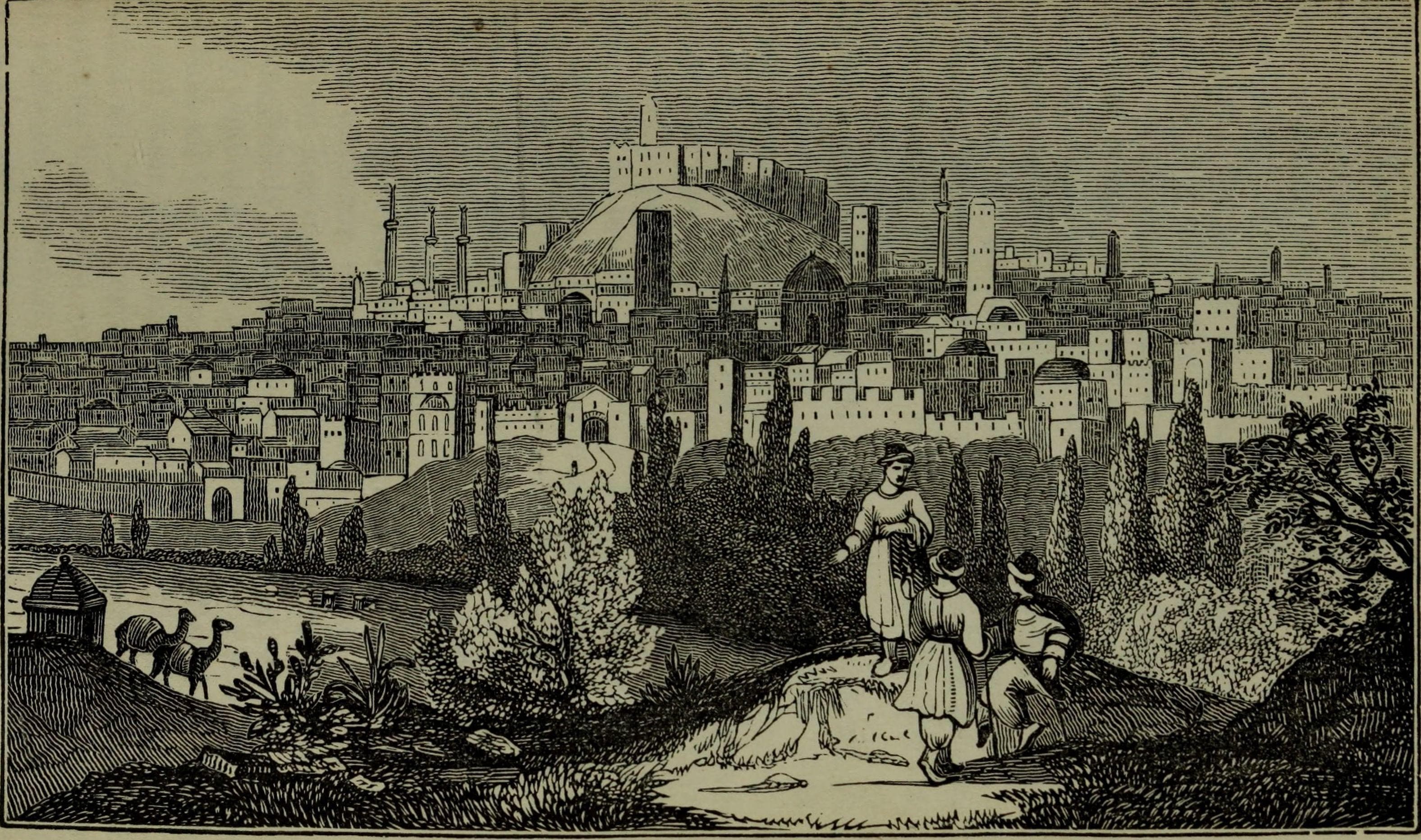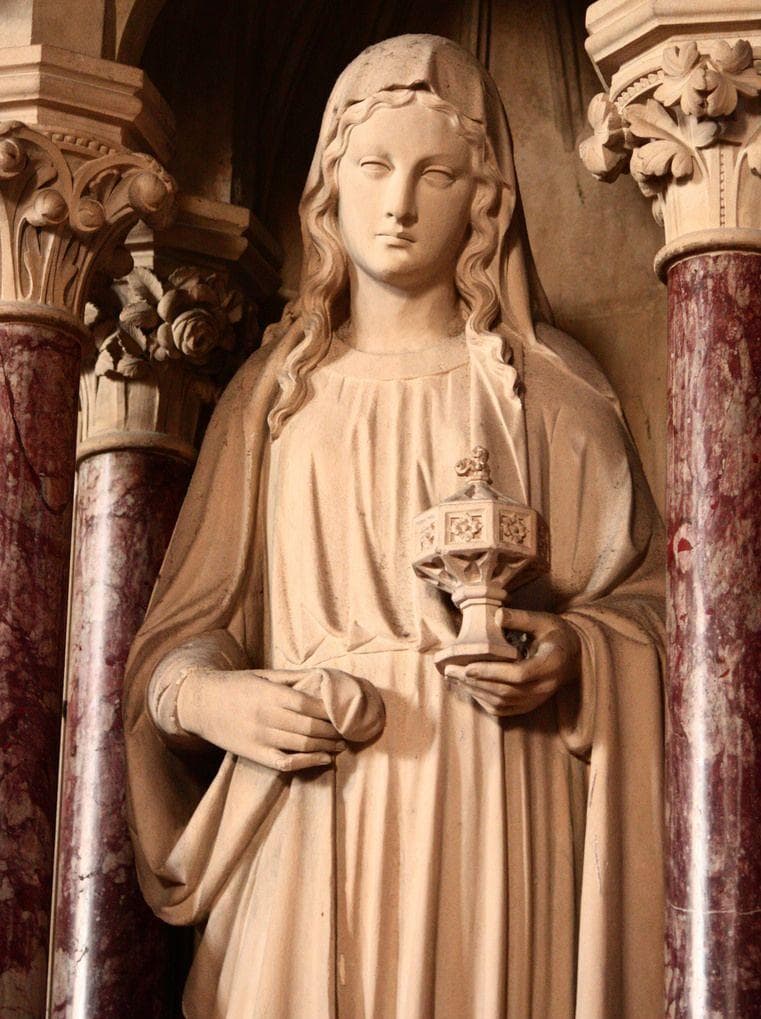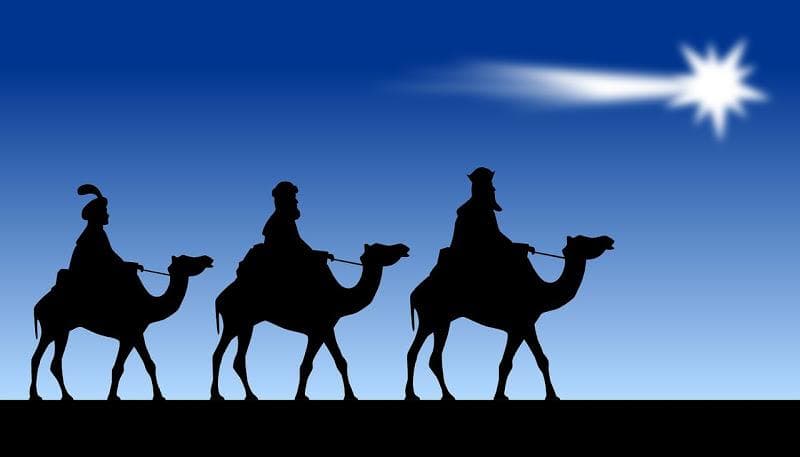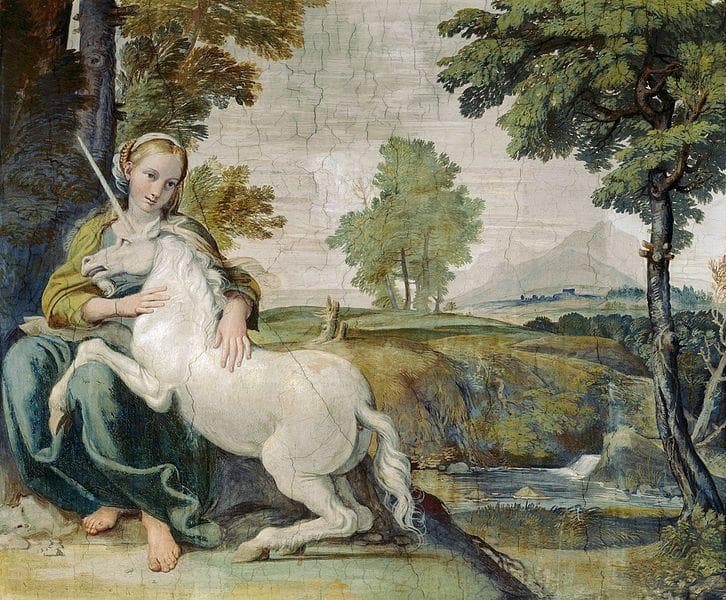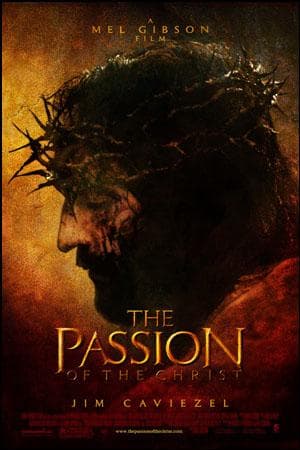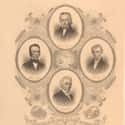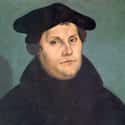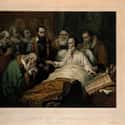-
(#14) Restoration Churches
When It Arose: The "Restoration Movement" reached its peak in the early 1800s, when six different churches arrived at the same ideas, completely independent of each other.
Leading Figure: The founders of the Restoration Movement are generally considered to be the leaders of the six original Restoration churches: James O'Kelly, Abner Jones, Elias Smith, Barton W. Stone, Alexander and Thomas Campbell, and the various leaders of the Scotch Baptist Movement.
Defining Beliefs: Members of the Restoration Churches see themselves as returning to the original New Testament faith. This faith in the New Testament church defines them.
Unique Practices: The Restoration movement posits four things that are necessary to remain a Christian: prayer, Bible study, worship, and faithfulness.
-
(#3) Lutheran Churches
When It Arose: Lutherans are the oldest branch of Protestantism, dating all the way back to the original teachings of Martin Luther, who nailed 95 theses to the door of the church in 1517.
Leading Figure: This branch follows Martin Luther, the theologian who originally rebelled against the hegemony of the Catholic Church. Luther's core idea was that individuals should be trusted to find their own salvation in the Bible, rather than trusting corrupt priests.
Defining Beliefs: Despite his rebellion from the church, Luther was a strict and conservative theologian. He clung to a strict, literal, and inerrant view of the Bible, which led him to teach that Jesus's body and blood are literally present during communion. He also believed baptism was absolutely necessary for salvation.
Unique Practices: Unlike most other Protestant denominations, Lutherans maintain many of the practices of Catholicism, including the altars and vestments. Their focus on the sacraments of communion and baptism also sets them apart.
Notable Members: Johann Sebastian Bach, David Letterman, Bruce Willis, Dana Carvey
-
(#1) Pentecostal Churches
When It Arose: Pentecostalism began in 1901, but didn't gain a broad following until the Azusa Street Revival in Los Angeles in 1906.
The Leading Figure: Pentecostalism developed over a long period, and countless preachers have contributed to it, but many credit Charles F. Parham and his student, William Joseph Seymour, with its beginnings.
Defining Beliefs: There are many expressions of Pentecostalist faith and many divergent churches within the movement. Typically, they follow most of the tenets of mainstream Christianity. One distinct feature of Protestant worship is "baptism in the spirit," which follows conventional water baptism. During this process, the Spirit of God enters the subject and possesses them, which is evidenced by speaking in tongues.
Unique Practices: Pentecostalism was founded around the practice of speaking in tongues. Protestant worship services tend to be informal yet intense, often dedicated towards bringing about an almost frenzied experience of God's presence.
Notable Members: Denzel Washington, Marvin Gaye, Megan Fox, Jerry Lee Lewis
-
(#13) Quaker Churches
When It Arose: Long before they were the Quakers, they were called the Religious Society of Friends. The Society was formed in the mid-1600s, a period of great turmoil in England, by people searching for a more direct and communal experience of God.
Leading Figure: George Fox is credited with founding Quakerism. As a young man, he traveled England and met many people who wanted a different kind of religious experience. Fox was persecuted for his beliefs, but he succeeded in founding and propagating the Quaker faith.
Defining Beliefs: The cornerstone of the Quaker faith is the belief God exists in every person. As such, they believe in pacifism, communal worship, and living a simple life.
Unique Practices: The Quakers are a large and varied group of worshippers, but there are some distinct practices. For example, common Christian holidays, like Easter and Christmas, are not celebrated within the Quaker community. They have no clergy or liturgy, and their meetings are often silent.
Notable Members: Richard Nixon, James Dean, Edward Murrow, Annie Oakley
-
(#11) Apostolic Churches
When It Arose: In 1909, the first of the Apostolic churches began to break away from their Pentecostal roots. At first, these churches, located predominately in England, seemed to simply be a Pentecostal group, but over the next decade, they grew to be a distinct denomination.
Leading Figure: The first Apostolic church was founded by William Oliver Hutchinson, who was quickly joined by the Welsh clergyman Daniel Powell Williams.
Defining Beliefs: Apostolic and Pentecostal churches share many beliefs, and their differences can seem minute and trivial to outsiders. For example, Apostolic churches believe the Trinity is not distinct, rather it is three names for one being.
Unique Practices: Apostolic churches baptize their members only in the name of Jesus, not in the name of the Father, the Son, and the Holy Ghost.
-
(#5) Calvinist Churches
When It Arose: Calvinism began with the writings of John Calvin who worked until the end of his life in 1564. Calvinism grew after the scholar's demise, and eventually it became one of the largest Christian denominations.
Leading Figure: This branch is named after John Calvin, who spent much of his life codifying the tenets of the faith.
Defining Beliefs: Calvinism's most contentious belief is predestination. This belief states that God selected those who would be saved long before the creation of the world. Technically speaking, this belief was common at the time, but Calvin made it a centerpiece of his writing, and Calvinists have clung to it throughout the centuries while other denominations abandoned it.
Unique Practices: In terms of worship, Calvin believed in reducing the clutter of traditional mass and bringing worship back to a simple glorification of God.
New Random Displays Display All By Ranking
About This Tool
There are many religions in the world. Christianity, as one of the world's three major religions, is divided into three major schools, namely Catholicism, Protestantism, and Eastern Orthodox. Including the new sects that broke away from Catholicism in the European Reformation Movement in the 16th century: Lutheran, Calvinist, Anglican, and more branches that have been continuously divided from these sects. Different Protestant branches differ in etiquette, priesthood, organizational structure, and festivals, and sometimes internal disputes arise.
Although the Catholic Church does not recognize the pope status of the Roman bishop, the Protestant Church still has a great influence. Protestants are mainly distributed in Britain, Germany, Switzerland, the five Nordic countries, Canada, Australia, and other countries. The random tool introduced 14 major differences among the branches of Protestantism.
Our data comes from Ranker, If you want to participate in the ranking of items displayed on this page, please click here.



